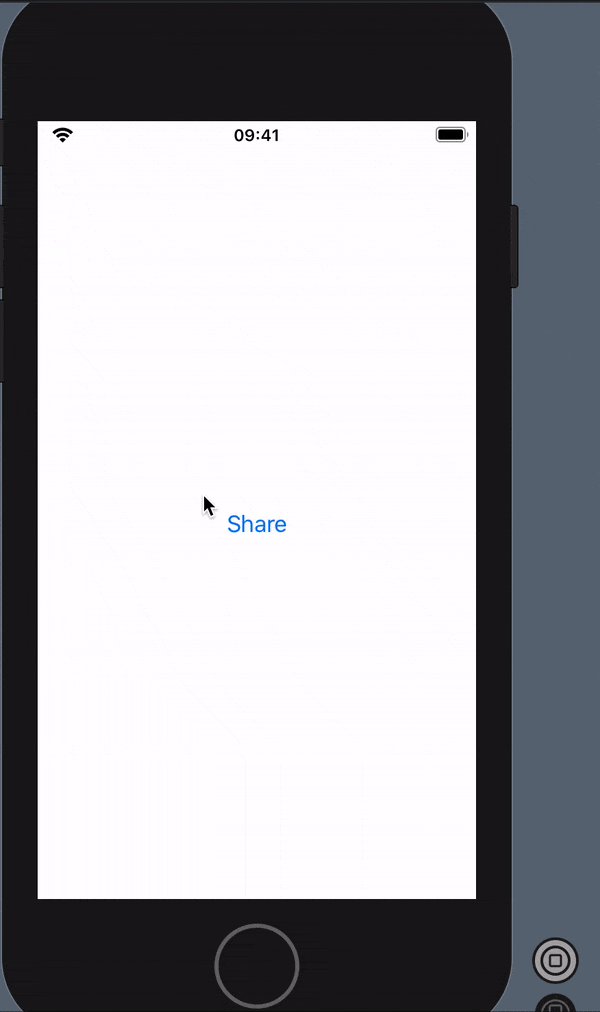I'm wondering if there is a good way export or share a file through SwiftUI. There doesn't seem to be a way to wrap a UIActivityViewController and present it directly. I've used the UIViewControllerRepresentable to wrap a UIActivityViewController, and it crashes if I, say, present it in a SwiftUI Modal.
I was able to create a generic UIViewController and then from there call a method that presents the UIActivityViewController, but that's a lot of wrapping.
And if we want to share from the Mac using SwiftUI, is there a way to wrap NSSharingServicePicker?
Anyway, if anyone has an example of how they're doing this, it would be much appreciated.


Since iOS 16 you can use ShareLink:
or just: